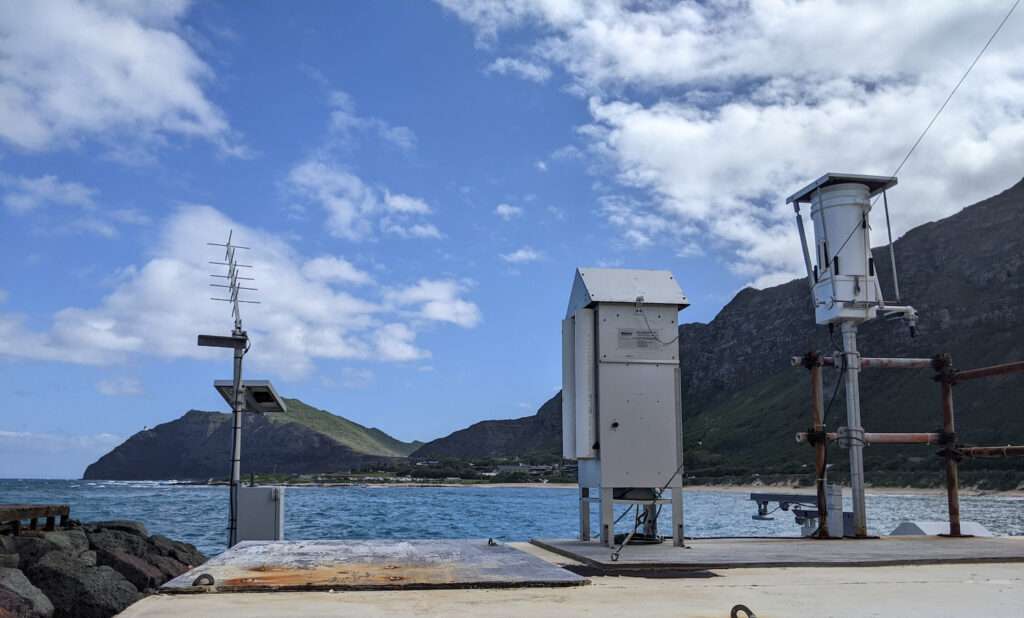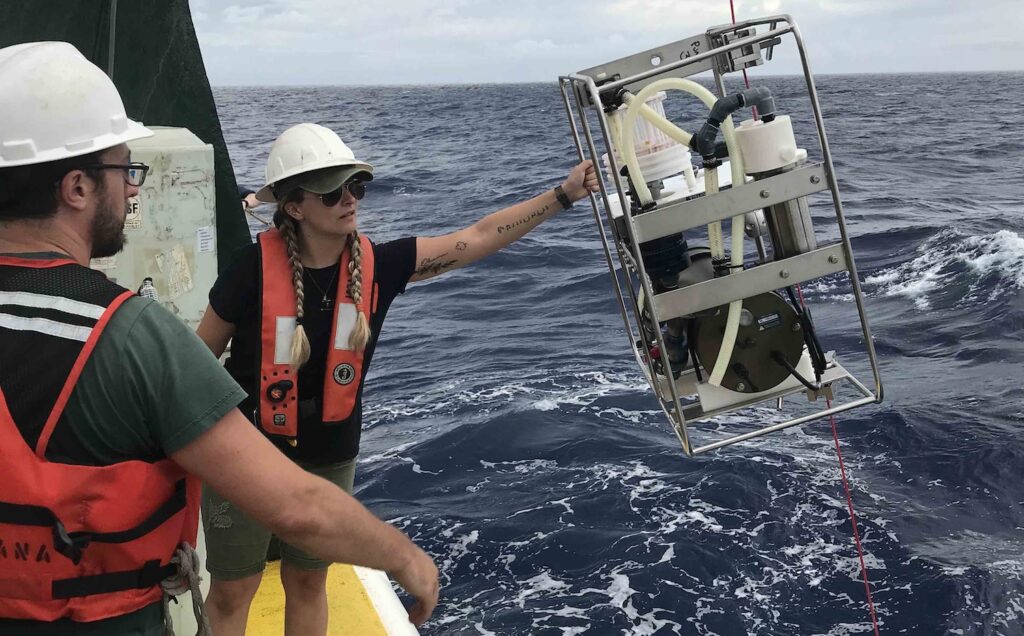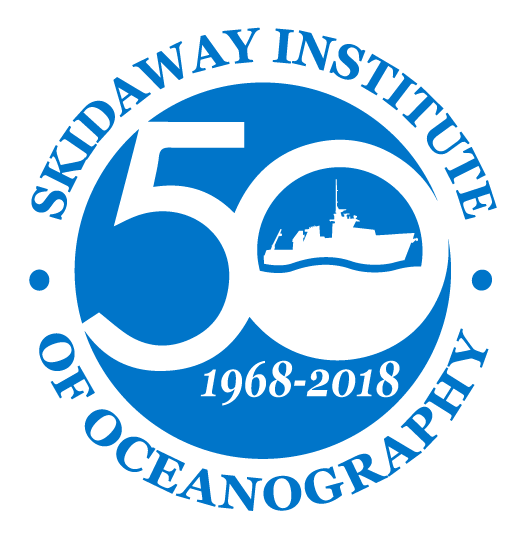
Dust blown from the Earth’s continents falls into the oceans and fertilizes them with nutrients needed for plants, such as phytoplankton, to grow. This dust, rich with iron and other nutritious minerals, is critically important to ocean food chains and helps regulate the planet’s climate.
A new paper, written by University of Georgia Skidaway Institute of Oceanography (SkIO) researchers, reveals over 40 years worth of important seasonal and annual patterns of dust transport over the North Pacific Ocean near Hawaii.
The authors identified two primary seasonal dust pulses, one from approximately February into August, which peaks in mid-April and delivers 78 percent of the annual dust, and another from September through January, which peaks in mid-November and delivers 22 percent. These dust events have shown very little change since the 1980s. While the spring and summer pulse delivers more dust, the pulse in the fall and winter coincides with ocean productivity peaks, suggesting it may have a heightened impact on the ocean’s ecosystem.
“Most of the dust in this region is well known to arrive in the spring, but the winter dust is coming in when the ocean is very biologically active,” said Dan Ohnemus, lead author of the paper and SkIO faculty member. “So, that smaller pulse might be more important to how productive the ocean is than this really big spring pulse, which steals the story most of the time.”
The research uses data from NASA’s atmospheric reanalysis product MERRA-2 to track annual dust concentrations near Ocean Station Aloha, 100 kilometers north of Oahu, Hawaii, dating back to the 1980s.
The authors also included data from their 2022-2023 Hawaii Aerosol Time-Series (HATS) project, which revealed that 2022 was one of the dustiest years since 1980. Comparatively, 2023 showed a significant lull in early spring dust and decreased dust levels overall.

While MERRA-2 uses satellite observations to model dust over a long period of time, the HATS project involves direct measurements of both dust aerosols and particles within the water column near Ocean Station Aloha. According to its authors, this timescale paper provides valuable context for questions that arose while analyzing the HATS field data.
“HATS is looking at a specific place in the North Pacific, but there is broader applicability around the world,” said Clifton Buck, a co-author of the paper and SkIO faculty member. “Any place where there is significant atmospheric deposition to the open ocean — projects like HATS are studying how that dust gets there and what happens after it’s deposited”
Additional authors of the paper include SkIO doctoral students Charlotte Kollman and Mariah Ricci, as well as Christopher Marsay, a former SkIO research professional and current associate scientist at the University of Delaware.
The full paper, titled The Hawaii Dust Regime: Patterns and Variability in Aerosol Mineral Dust From MERRA-2 at Station ALOHA and the Hawaii Aerosol Time-Series is published in the Journal of Geophysical Research: Atmospheres.
About SkIO
The UGA Skidaway Institute of Oceanography (SkIO) is a multidisciplinary research and education institution located on Skidaway Island near Savannah, Georgia. The Institute was founded in 1967 with a mission to conduct research in all fields of oceanography. In 2013, SkIO was merged with the University of Georgia. The campus serves as a gateway to coastal and marine environments for programs throughout the University System. The Institute’s primary goals are to further the understanding of marine and environmental processes, conduct leading-edge research on coastal and marine systems, and train tomorrow’s scientists. For more information, visit www.skio.uga.edu.


